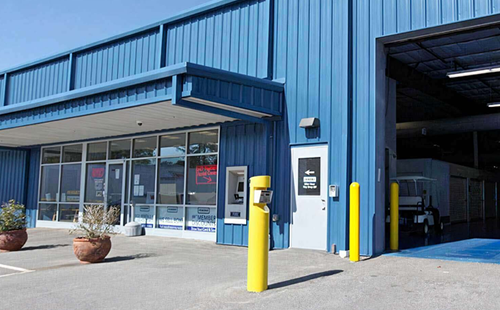Using Self-Storage for Inventory Management: A Business Owner's Guide
As a business owner, managing inventory efficiently is crucial for your success. Whether you run a retail shop, an e-commerce business, or a service-based company, having the right amount of inventory on hand without overwhelming your workspace is essential. One solution that many business owners overlook is self-storage. Here’s a comprehensive guide on how to utilize self-storage for effective inventory management.
1. Assess Your Inventory Needs
Evaluate Current Inventory Levels
- Analyze Sales Trends: Start by reviewing your sales data to understand peak seasons and trends. This will help you gauge how much inventory you need to keep on hand.
- Identify Storage Gaps: Determine if you have enough space to store your inventory without sacrificing your operational efficiency.
Choose the Right Size Unit
- Determine Storage Requirements: Based on your analysis, decide on the size of the storage unit you need. Consider both current inventory and any future inventory you plan to acquire.
- Plan for Growth: Select a unit that allows for some flexibility in case your inventory needs increase.
2. Organizing Your Storage Unit
Efficient Layout
- Create a Floor Plan: Design a layout for your storage unit that maximizes space and makes items easy to access. Place frequently used items near the entrance for convenience.
- Use Shelving and Bins: Invest in shelving units and bins to keep your inventory organized. Label everything clearly to facilitate quick retrieval.
Inventory Tracking
- Implement a System: Utilize inventory management software or spreadsheets to track what you have in storage. Regularly update this system to reflect any changes in stock levels.
- Regular Audits: Schedule periodic checks of your storage unit to ensure that your inventory matches your records. This helps to avoid discrepancies and manage stock levels effectively.
3. Seasonal Inventory Management
Storing Seasonal Products
- Identify Seasonal Items: If your business has products that are seasonal (like holiday decorations or summer gear), consider using self-storage to house these items when they’re not in demand.
- Organize by Season: Use separate sections of your storage unit for different seasons. This way, when the season arrives, you can easily access the necessary items.
Streamline Transitions
- Efficient Turnaround: As seasons change, promptly transition your inventory in and out of storage. This ensures you always have the right products available for your customers.
4. Cost-Effective Solution
Reduce Overhead
- Lower Rent Costs: Renting a self-storage unit can be more affordable than expanding your retail space. This helps you keep overhead costs low while maintaining flexibility in inventory management.
- Minimize Wasted Space: By utilizing a storage unit, you can keep your primary business location uncluttered, allowing you to focus on sales and customer service.
Flexible Leasing Options
- Short-Term and Long-Term Leases: Many self-storage facilities offer flexible leasing options, allowing you to rent for as long or as short a period as you need. This can be particularly beneficial during peak seasons.
5. Final Thoughts
Using self-storage for inventory management can be a game-changer for your business. It provides a cost-effective, flexible solution that allows you to keep your inventory organized and accessible without cluttering your main workspace.
At American Self Storage, we offer a variety of storage unit sizes to fit your inventory management needs. Whether you’re looking to store seasonal items or need a dedicated space for overflow inventory, we have the right solution for you.
If you’re ready to take control of your inventory management with self-storage, contact American Self Storage today!










